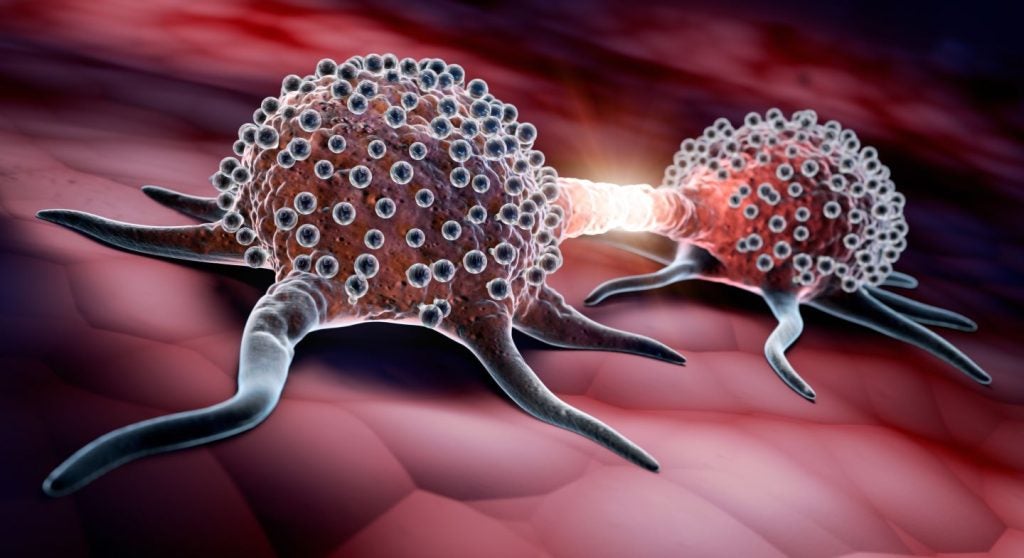Over the last three decades, the antidiabetic drug development landscape has evolved how glucocentric and cardiocentric measures are used as determinants of safety and efficacy for diabetes therapies waiting to enter the market. With each revision, the US Food and Drug Administration omits the outdated and appends the current advancements and direction of research.
In the latest draft guidance for diabetes mellitus, released in May 2023, the FDA zeroed in on efficacy endpoints for antidiabetic development and proposed a new clinical efficacy endpoint: hypoglycaemia. The consideration of this endpoint has been met with a positive reception. However, sponsors and experts alike seek further clarity on how to use hypoglycaemia measures and desire flexibility to apply them in relevant circumstances.
Evaluating hypoglycaemia as an efficacy endpoint
The role of assessing hypoglycaemia in day-to-day diabetes care is important, as it is one of the most, if not the most, common side effects associated with diabetes, explains Dr. Ahmed Iqbal, associate professor of diabetes at the University of Sheffield. Therefore, in terms of efficacy, hypoglycaemia is an effective measure to compare antidiabetic drugs while determining which one is more effective in a patient population.
Hypoglycaemia occurrences increase the longer a patient has the condition, particularly in type 1 diabetes (T1D), because the defence mechanisms that protect the body against hypoglycaemia become progressively blunted and impaired, Iqbal says. Simply put, the risk of hypoglycaemia is higher for patients who have more advanced diabetes.
“In T1D, people are not making any insulin, so they lose their first line of defence. Within five years of diagnosis, they're not making any glucagon, which is a second line of defence. So people with T1D are almost exclusively relying on adrenaline to be able to bring the sugar up,” says Iqbal.
But a reliance on adrenaline has its limits. As Iqbal explains, with each hypoglycaemic episode, the body’s ability to produce adrenaline is rapidly blunted, and this can lead to patients developing hypoglycaemia unawareness.
Despite an effective drug like insulin in hand, hypoglycaemia has been the limitation to aggressive management of diabetes, says Dr. John Buse, chief of the Division of Endocrinology and Metabolism at the University of North Carolina School of Medicine.
Determining a sustainable treatment that balances treatment-associated risk with aggressive therapies is a challenge, he adds.
Designating appropriate and reasonable endpoints
While clinical trials have often used hypoglycaemia measurements to assess safety, there has been debate as to where it should stand as an endpoint to effectively demonstrate a hypoglycaemia-related drug claim.
The FDA considers hypoglycaemia at levels 2 and 3 as acceptable claims of improved glycemic control and specifies that level 3 events be assessed by adjudication. In the comment submission period, which ended on August 24, 2023, companies like Toronto, Canada-based Zucara, a biotech developing a once-daily therapeutic to prevent insulin-induced hypoglycaemia, voiced an appreciation that the FDA recognised level 2 hypoglycaemia as a surrogate endpoint for neuroglycopenia-related adverse events, which can be accepted for a traditional approval package.
Pfizer requested that the FDA consider a level 1 hypoglycaemic endpoint for pediatric clinical trials, while the Juvenile Diabetes Research Foundation (JDRF) asked for more guidance on how to use level 2 and 3 endpoints in clinical studies. Dr. Juan Pablo Frías, chief medical officer at Redwood City, California-based Biomea Fusion, emphasizes that instead of relying on the FDA to establish a hard rule for how this endpoint should be used, whether a clinical study needs hypoglycaemia as an efficacy measure should depend on the drug in question. This should be determined unanimously by the sponsor, the trialists, and the FDA, he adds.
“If a company is seeking a comparative claim of hypoglycaemia, and they want it in the label, I do think it’s important to have it as part of efficacy,” Frías explained. The labels for approved type 2 diabetes (T2D) medications such as metformin, thiazolidinedione class pioglitazone, DPP4 inhibitor sitagliptin, and GLP-1 receptor agonist semaglutide state the drugs do not cause hypoglycaemia on their own, and hence do not claim to be better than other drugs in terms of reducing hypoglycaemia. However, if they are used in conjunction with insulin or sulfonylurea, the latter’s dose can be reduced to lessen the risk of hypoglycaemia.
It would not be suitable to evaluate hypoglycaemia in a comparator study for a potential GLP-1 receptor agonist against a GLP-1 agonist/metformin because hypoglycaemia-related outcomes are simply not expected for these kinds of medications, Frías elaborates.
Where hypoglycaemia could potentially become an important endpoint is if a drug was being studied in a trial where it was being added to insulin, says Frías. Biomea, for example, is studying BMF-219, its covalent menin inhibitor drug, in the Phase I/II COVALENT-111 study for T2D. If the company decided to compare it as a combination treatment with insulin to intensified insulin treatment alone to evaluate glycemic control, then a comparative hypoglycaemia endpoint would be warranted. However, as current data demonstrates that BMF-219 does not cause hypoglycaemia in healthy volunteers, such an endpoint is unnecessary for studying the efficacy of the drug alone.
It would also be more difficult to design a study with an efficacy measure in reducing hypoglycaemia and data collection would change significantly, says Frías. The statistical bar for making a claim of reducing the hypoglycaemia risk is also higher. As per the FDA’s guidance, such a trial would need to be designed to not only exclude the upper 95% confidence interval (CI) limit of 0.3%, but to have a point estimate for the difference in A1C change of less than 0.1%. “There’s the rigor of designing a trial to end up with a very similar A1C so you can say that irrespective of the A1C level, you have an increase or decrease of hypoglycaemia,” says Frías.
Rigorous trials for robust data
Testing the hypoglycaemia impact under efficacy instead of a safety measure won’t change what data is being recorded, but how it is recorded, says Iqbal. Historically, hypoglycaemia data has been collected via diary, continuous glucose monitoring (CGM) devices, and self-monitoring blood glucose (SMBG) devices, Iqbal elaborates. However, if it is being evaluated as an efficacy measure, even minimal clinical differences will need to be noted to determine incidence rate ratio.
Despite praising the FDA’s acknowledgement of CGM metrics, Eli Lilly requested that the agency provide companies with a guide detailing methods, standards of reasonable analyses, and additional regulatory framework regarding CGM data use. The company argued that additional details would help device manufacturers and digital health technology (DHT) vendors develop efficient and scalable solutions for clinical research settings.
“Biologically, the consequences on the brain and heart occur at a level below 54mg/dL. So when it comes to reporting for clinical trials, that’s the level that’s going to be key,” explains Iqbal. The American Diabetes Association (ADA) 2023 Standards of Care states a blood glucose concentration of 54–70mg/dL is defined as level 1 hypoglycaemia and a concentration less than 54mg/dL is defined as level 2 hypoglycaemia. The ADA notes that level 2 and 3 hypoglycaemic events require “immediate correction.”
Frías also believes that CGM devices will play a vital role in level 2 monitoring, especially in hypoglycaemia-unaware patients. A theoretical diabetes patient could have a glucose of 50mg/dL without presenting adrenergic symptoms or even neuroglycopenic symptoms because they’ve experienced hypoglycaemic events regularly. But invisible symptoms still count as level 2 hypoglycaemia, and CGM would address that.
Going forward
The addition of a hypoglycaemia endpoint gives the FDA more understanding of what a drug’s effects are as well as captures aspects of the chronic disease that are important to patients’ lives, says Dr. Kevan Herold, professor of immunobiology and of medicine (endocrinology) at Yale University, New Haven, Connecticut. “But c-peptide should still be the primary because that’s the disease itself.”
There is also a possibility that hypoglycaemia efficacy endpoints could drive up the cost of antidiabetic drug trials, says Frías. “Trials may be longer, may be bigger, and may require every patient to use CGM. Having just been a clinical trialist, that’s more work from a site perspective. So that drives a little expense,” explains Frías.
















